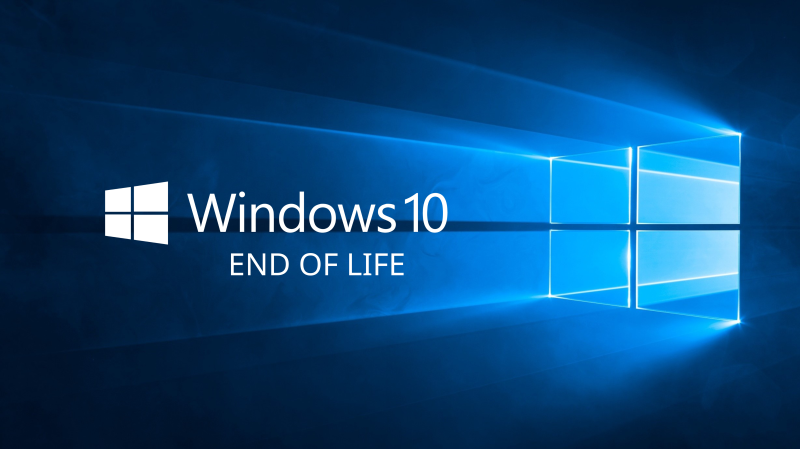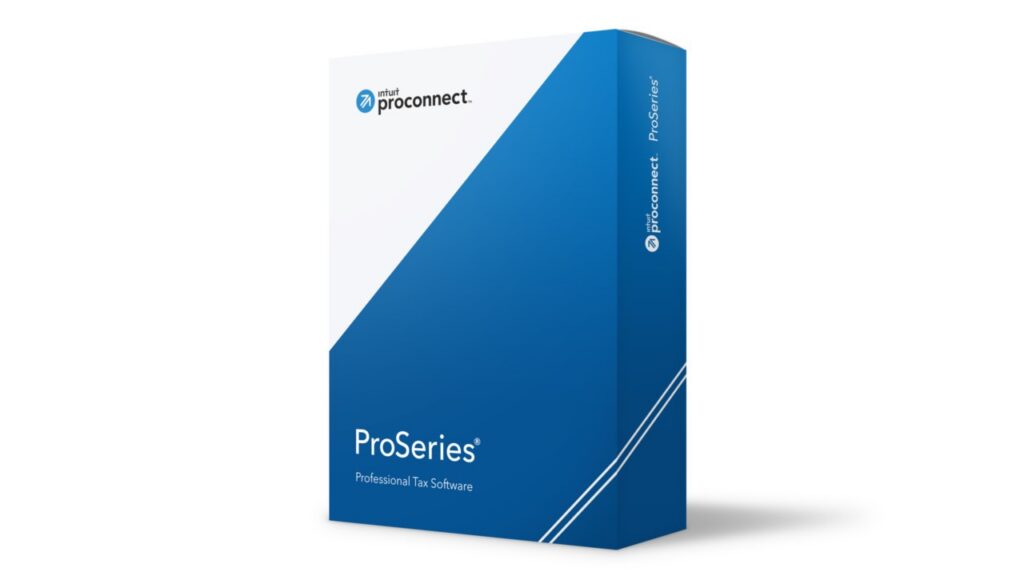
Windows 10 is facing retirement, and if your business is still running Windows 10, the clock is ticking. Support ends on October 14, 2025. After that, Microsoft stops providing security updates and bug fixes for Windows 10, increasing your cyber risk and compliance exposure.
As of today (September 2, 2025), that’s 42 days to plan, test, and cut over.
Southwest Cloud Partners helps Las Vegas & Henderson teams upgrade to Windows 11, or put a safe, temporary bridge in place, without disrupting day-to-day operations.
What “end of support” really means
- No more security patches, quality fixes, or Microsoft support for Windows 10 after October 14. Your PCs will still boot, but they’ll become progressively less secure.
- Microsoft 365 Apps will also end support on Windows 10 on October 14, 2025 (apps keep running, but you’re outside support; Microsoft plans security updates for Microsoft 365 on Windows 10 for three additional years—through October 10, 2028—to help customers transition).
Your options (business-friendly)
- Upgrade eligible PCs to Windows 11
If your hardware meets Windows 11 specs (UEFI with Secure Boot, TPM 2.0, supported CPU, 4GB RAM, 64GB storage), the in-place upgrade is free. We verify eligibility, enable TPM/Secure Boot if available, and stage the rollout via Intune/Autopatch. - Go cloud with Windows 11 on any device
If hardware can’t meet Windows 11 requirements or you want rapid standardization, run Windows 11 as a Cloud PC (Windows 365) or via Azure Virtual Desktop (AVD).
Why move to Windows 11 now
- Security baseline: modern kernel protections, Secure Boot, TPM 2.0, better phishing protection, mapped to common control frameworks.
- Manageability: smoother updates with Autopatch/Intune, stronger device health/reporting.
- Longevity: aligns hardware lifecycle with supported OS through the late 2020s.
42-day action plan
Week 1–2: Assessment & pilot
- Inventory devices, warranty status, and Windows 11 compatibility.
- Enable/verify TPM 2.0 + Secure Boot where supported; remediate BIOS settings.
- Build a Windows 11 pilot ring (finance/ops leads), validate line-of-business apps, printers, and VPN.
Week 3–4: Production rollout
- Stage upgrades overnight by department; keep loaner PCs ready.
Week 5–6: Hardening & handoff
- Turn on BitLocker, Defender for Business/Endpoint, attack surface reduction rules.
- Document device standards and refresh cycles; schedule hardware replacements (HaaS optional).
Decision tree
- PC meets Win 11 requirements? → Upgrade in place.
- Legacy apps or roaming staff? → Use Windows 365 Cloud PC or AVD; keep current hardware and standardize the experience.
FAQs
Can we wait until after October 14?
You can, but Windows 10 will be unprotected. That’s a material risk for regulated data (PII/financials).
Is Windows 11 really free to upgrade?
Yes. If the PC is on Windows 10 22H2 and meets the hardware requirements. We verify hardware and handle the rollout.
What about Microsoft 365 apps on Windows 10?
They’ll be outside OS support after Oct 14, 2025, but Microsoft plans security updates for Microsoft 365 on Windows 10 through Oct 10, 2028 to help customers transition.
Ready to move with confidence?
Southwest Cloud Partners can:
- Verify Windows 11 readiness and remediate BIOS/TPM/Secure Boot
- Pilot, schedule, and execute upgrades with minimal downtime
- Set up Windows 365/AVD for non-compliant devices
- Harden your fleet (BitLocker, Defender, Intune baselines) and document the new standard


